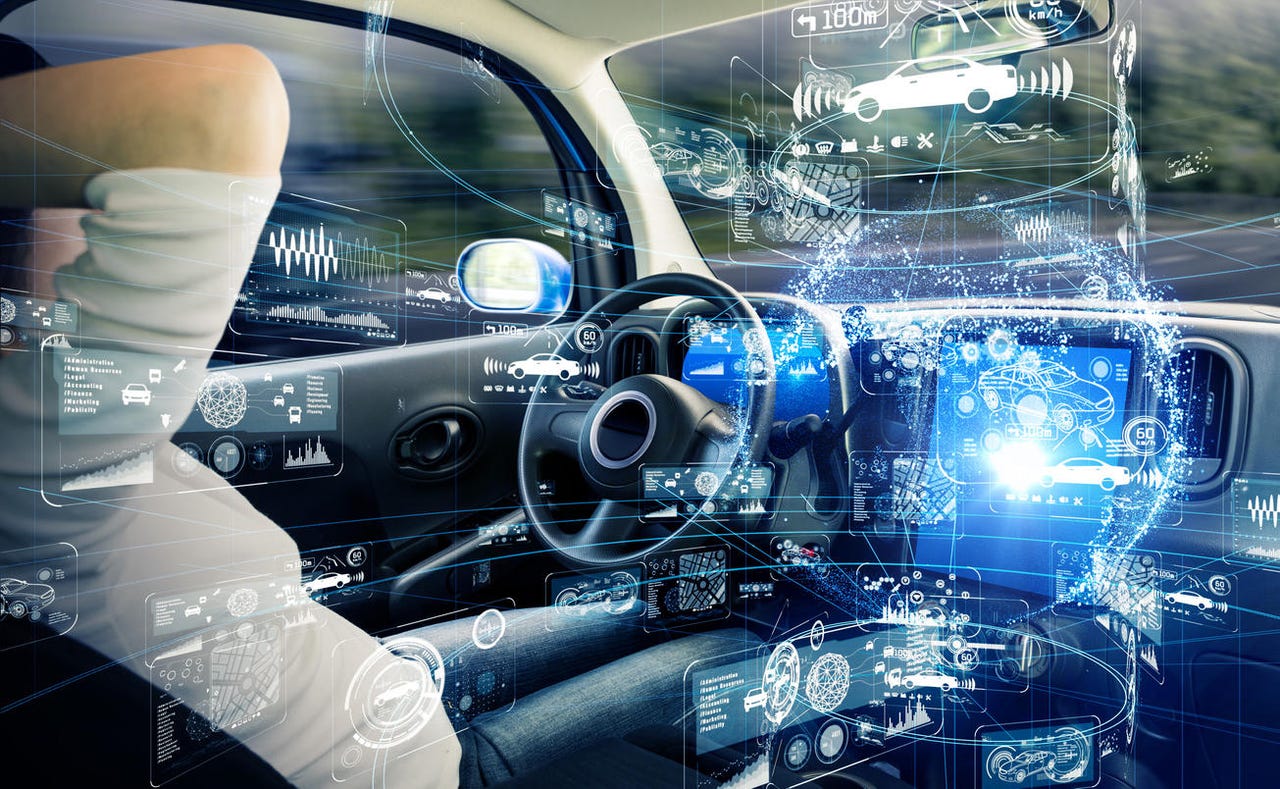AWS, BlackBerry QNX pair up as connected vehicle software takes stage at CES 2020


Amid the usual complement of robots, smart home tools, and traditional electronics at CES 2020, the connected automobile is taking center stage.
Also: More CES coverage at CNET
The announcements pegged to connected, electric and autonomous vehicles are piling up. What's surprising about the CES 2020 parade of transportation-related announcements is there are plenty of real-world integration deals underway.
Exhibit A would be BlackBerry QNX and its partnership with Amazon Web Services. BlackBerry said its QNX unit would demonstrate a connected vehicle platform along with AWS. The idea is that QNX, a real-time OS that dominates autos, will connect with AWS's Internet of things services.
Also: CES 2020: BlackBerry lands QNX deals with Renovo, Damon Motorcycles
AWS has been making a play for autonomous vehicles and connected services and is pairing with that likes of Verizon to build out the 5G connectivity and edge computing to deliver low-latency data services.
BlackBerry QNX and AWS are targeting automotive OEMs to bring services, personalization, health monitoring, and advanced driver assistance (ADAS) to vehicles. AWS will power the cloud, and edge compute portion of the QNX platform, which is already embedded in various in-vehicle systems.
While these deals and partnerships don't have the wow factor of drones that can operate on land and air, robots, and foldable devices, they do add up into real enterprise, transportation, and logistics applications. Given that backdrop, it's not surprising that Elaine Chao, US Secretary of Transportation, and Ola Källenius, head of Mercedes Benz Cars, will deliver CES 2020 keynotes.
Must read:
Other vehicle items to note at CES 2020, which is essentially become a car show to some degree:
- Alexa will see more integrations with automakers, including Rivian, which will deliver a fleet of 100,000 all-electric Amazon delivery vans. Amazon also said Echo Auto would launch internationally and include Alexa into a host of auto accessories. Alexa will also be embedded into the Lamborghini Huracan.
- Rivian's effort to integrate Alexa directly includes features such as controlling windows, HVAC, and other systems. The integration will also have tools to ensure usage even when connectivity is lagging.
- Samsung unit Harman at CES 2020 outlined a new ADAS use case that warns auto drivers of pedestrian safety conflicts. Harman said it would use Vehicle-to-Everything (V2X) technology and 5G C-V2X networks to enable new in-car experiences. Harman said its vehicle-to-pedestrian system could work via low latency 5G peer-to-peer signals. (See: What is V2X communication? Creating connectivity for the autonomous car era)
- Harman also said that it's working on designing its in-car systems to work better with electric vehicles, which can be drained by audio and personalized entertainment systems.
- Panasonic highlighted its collaboration and OneConnect platform with Tropos Motors, which enables "right-sized" electric vehicles for things like firefighting and public safety in metro areas and corporate campuses. OneConnect is also used to provide analytics for Harley Davidson and its LiveWire motorcycles. The idea is that data from the vehicles can influence design for next-gen models.